Introduction to Nostalgic Chess Emulation Software
Chess, a timeless game of strategy and skill, has long been played across varying mediums, from traditional physical boards to modern digital platforms. Among these, nostalgic chess emulation software holds a unique place, serving as a digital bridge connecting the classic and contemporary aspects of chess. This exploration involves understanding these programs that simulate older chess games or run on vintage hardware systems, offering today's enthusiasts a taste of the past and preserving chess culture for future generations.
The Charm of Old-School Chess Software
During the late 20th century, particularly in the 1970s and 1980s, computing was in its nascent stages, and chess software was among the pioneering applications developed. Early chess programs ran on platforms like the Commodore 64, Apple II, and early IBM PCs, influencing the evolution of artificial intelligence applications in gaming. Unlike modern counterparts that focus on powerful AI and high-definition graphics, nostalgic chess software is celebrated for its simplicity, ease of use, and the unique charm of pixelated graphics and minimalist interfaces.
Historical Impact and Evolution
The release of chess software during the early days of personal computing represented an important intersection of technology and popular culture. Programs such as Chessmaster and Sargon were not just games but tools that helped demystify the computer for the general public. These games introduced many to the capabilities of digital computing while providing a familiar and engaging interface through the game of chess.
Key Features of Nostalgic Chess Emulation Software
Chess emulation software, designed to run old software on modern systems, typically incorporates several key features that differentiate it from both original old-school chess programs and modern chess simulations.
User Interface
One of the most recognizable features of nostalgic software is the user interface. It often includes pixelated graphics or mimics the CRT monitor display style, complete with scan lines and slight screen curvature. This not only evokes a sense of the past but also appeals to retro gaming enthusiasts who appreciate the artistry and simplicity of early digital aesthetics.
Artificial Intelligence
The AI in these emulated versions often remains true to the original programming, which means they do not necessarily exhibit the near-perfect gameplay of modern chess engines. This can be appealing to players looking for a less intimidating and more human-like opponent.
Compatibility
Emulation software is necessary because modern operating systems are no longer compatible with many old applications. Emulators like DOSBox or specialized chess emulation platforms allow these programs to run on contemporary Windows, Mac, and Linux systems, ensuring that the heritage of chess software is preserved.
Popular Chess Emulation Programs
There are several emulation tools and specific chess programs that enthusiasts often explore to relive the nostalgia of early digital chess.
DOSBox
DOSBox is an x86 emulator with DOS-like environment that can run a wide array of vintage games, including many of the classic chess titles that were designed for DOS systems. It’s favored for its flexibility and the high degree of compatibility with older software.
SCID vs. PC
Originally designed for managing chess databases, SCID vs. PC also includes capabilities to run old chess engine binaries, often used in tandem with emulation settings to play against historic AI versions.
Internet Chess Club (ICC) Software
While primarily a platform for online chess playing, ICC also supports interfaces that mimic older software designs, offering a layout that can bring memories of the past chess experiences to life.
Why Engage with Nostalgic Chess Emulation?
Engaging with nostalgic chess emulation is more than just playing old games. It is an experience wrapped in the warm blanket of nostalgia, an educational journey into the history of computing, and a study in the evolution of artificial intelligence in gaming.
Education and Historical Insight
For researchers and enthusiasts, these platforms serve as a historical archive, showing how early algorithms were designed and implemented. These studies can provide insights into how far AI has come in the field of chess.
Recreational Nostalgia
For many, playing on these nostalgic platforms is a recreational activity that brings back memories of learning chess on the family computer or competing with friends in simpler digital times. The nostalgic element adds a layer of enjoyment that goes beyond mere gameplay.
Community and Sharing
Likewise, the community around nostalgic chess emulation is vibrant, with forums, blogs, and online groups dedicated to discussing strategies, sharing emulation tips, and preserving software. This community aspect is a crucial component of why many individuals dive into emulation.
Conclusion
Nostalgic chess emulation software serves as a significant connective thread between the past and the present, allowing modern-day technology enthusiasts to experience the dawn of computer chess. Through emulation, not only is the art of chess celebrated across generations, but the evolution of computer science and AI is also acknowledged, making it a fascinating subject for both chess aficionados and tech enthusiasts alike.
Explore our large collection of beautiful chess sets!

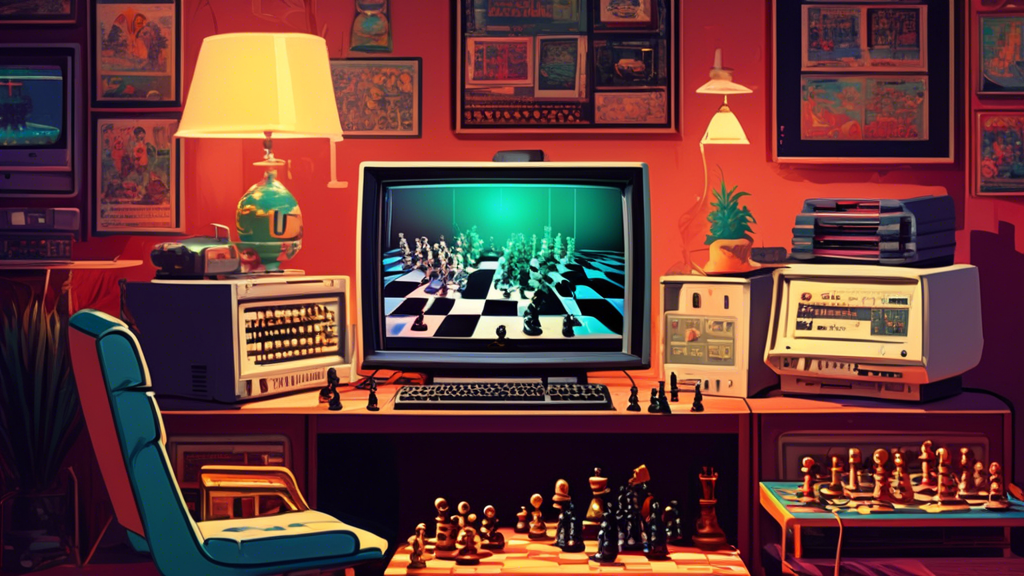
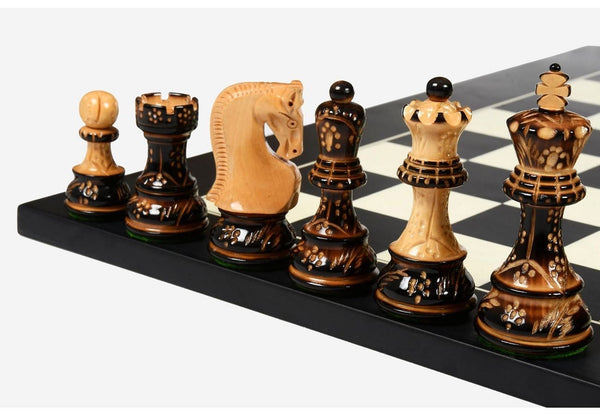

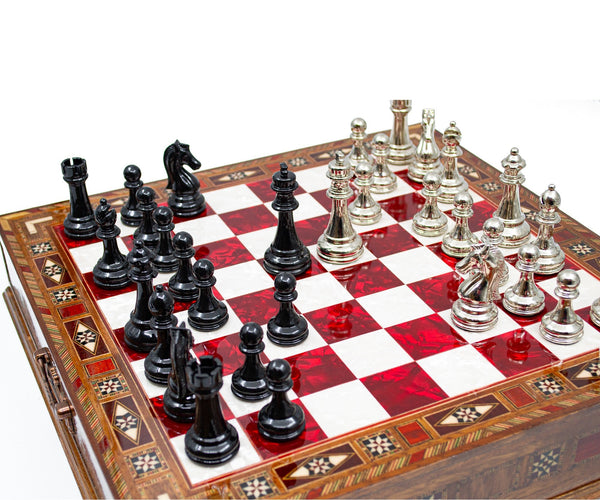
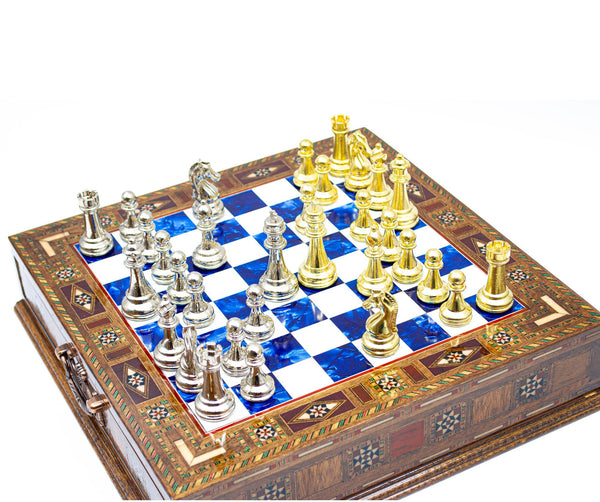
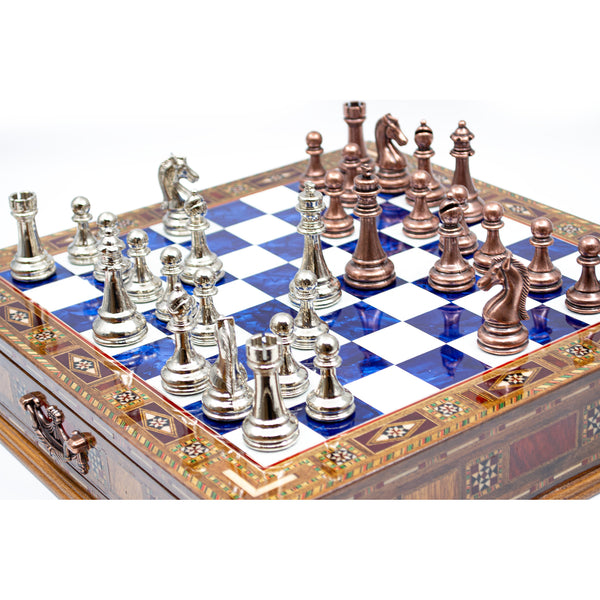
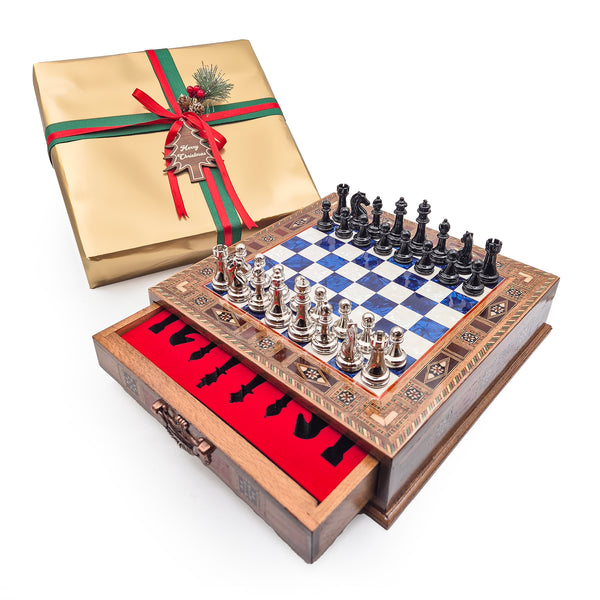







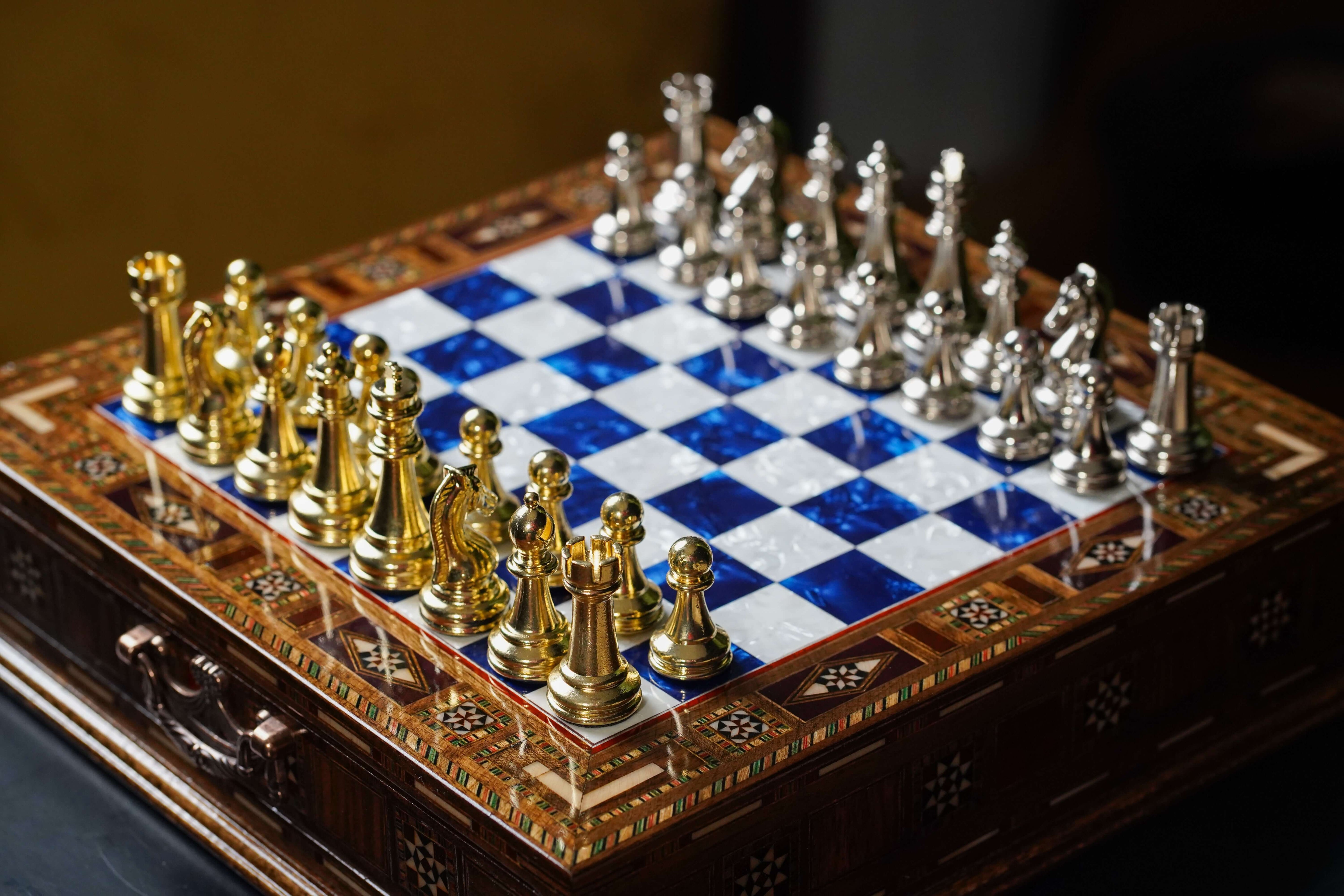
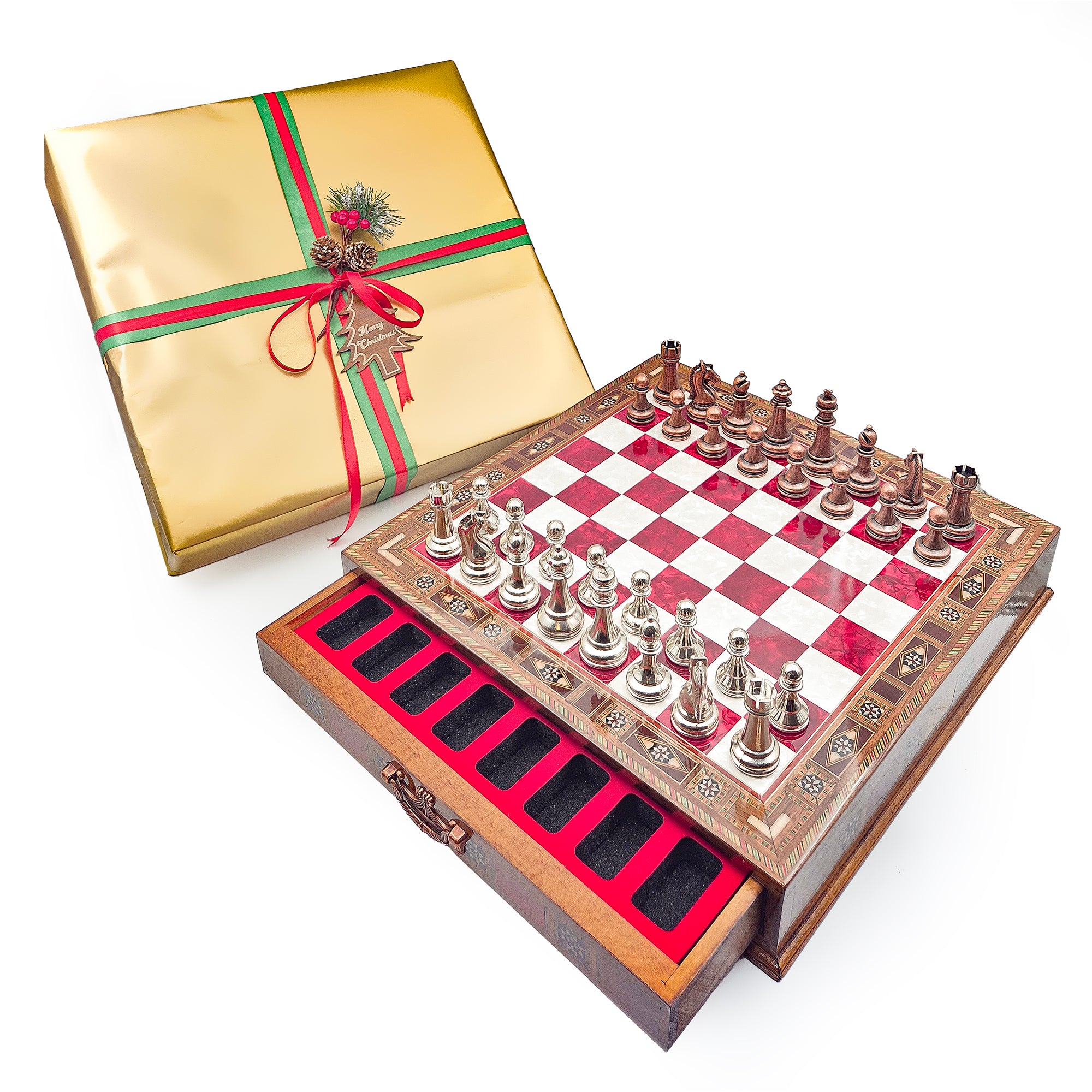
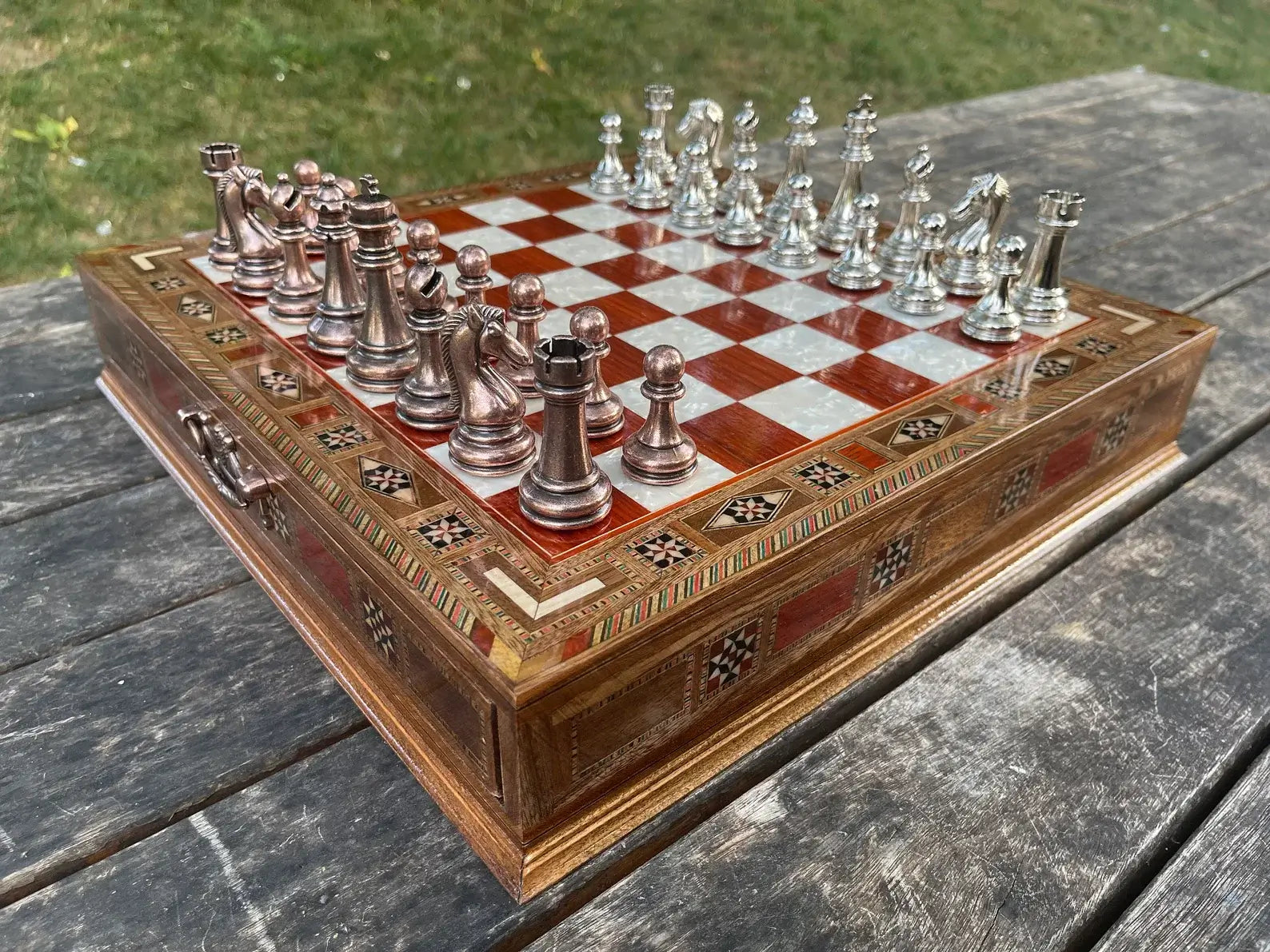
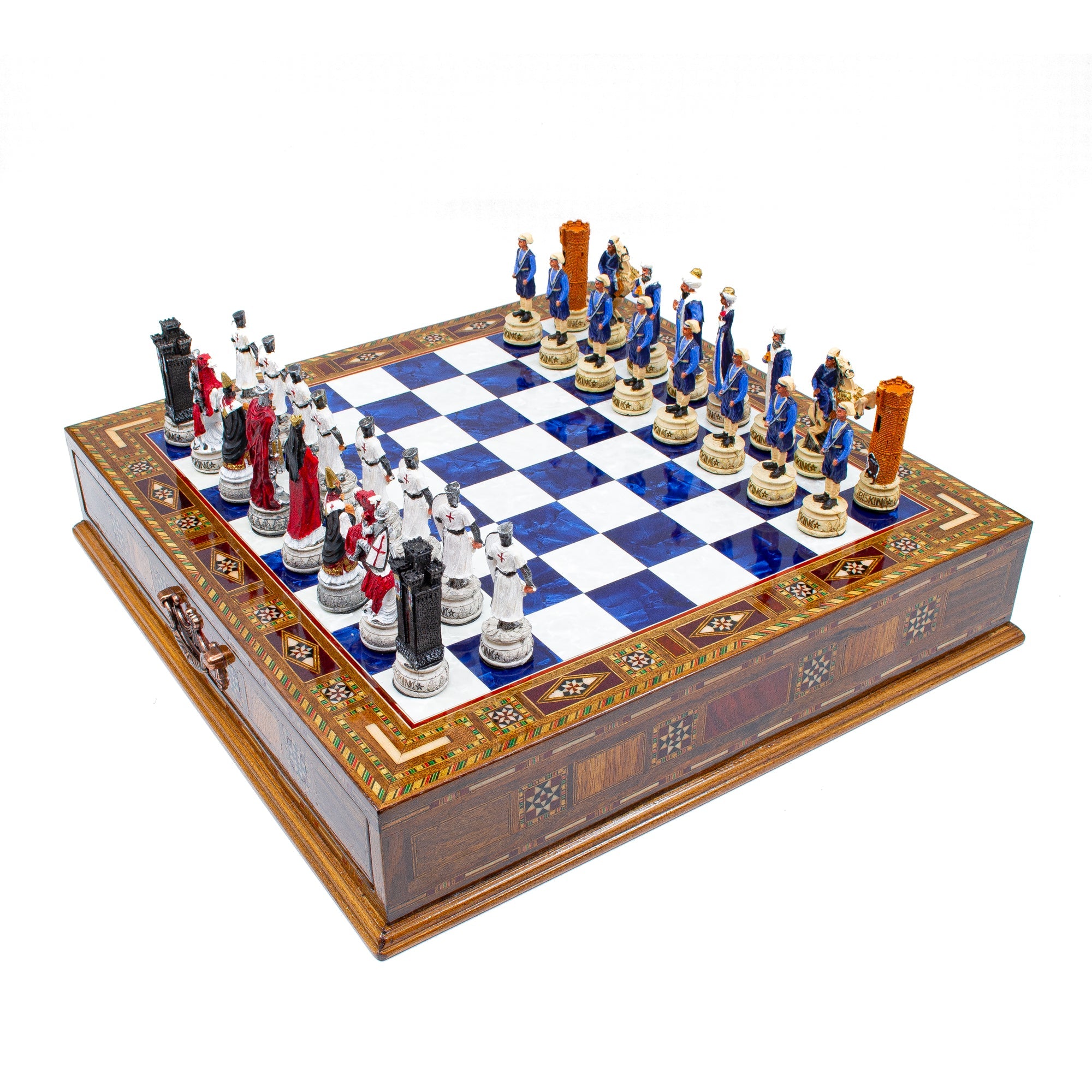
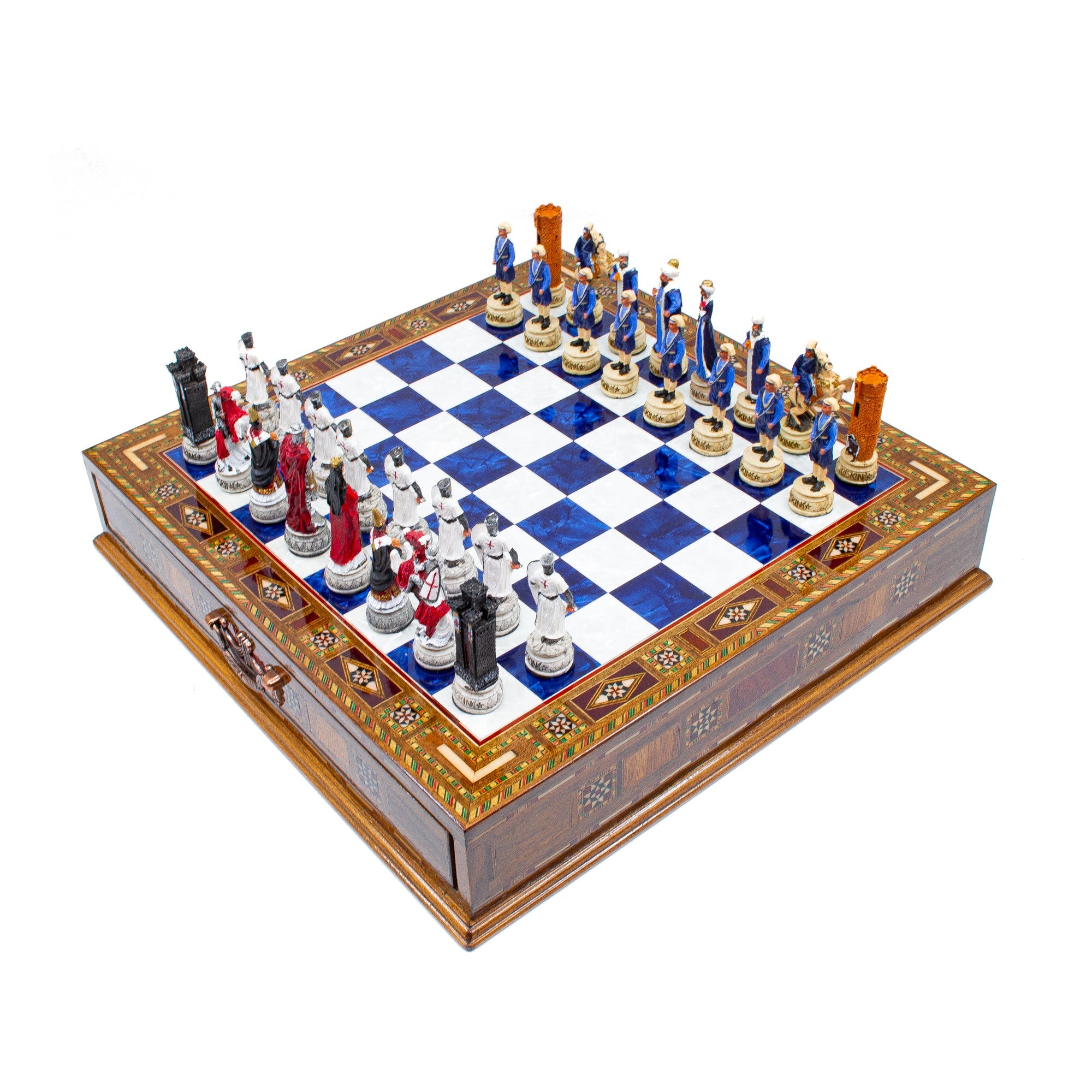
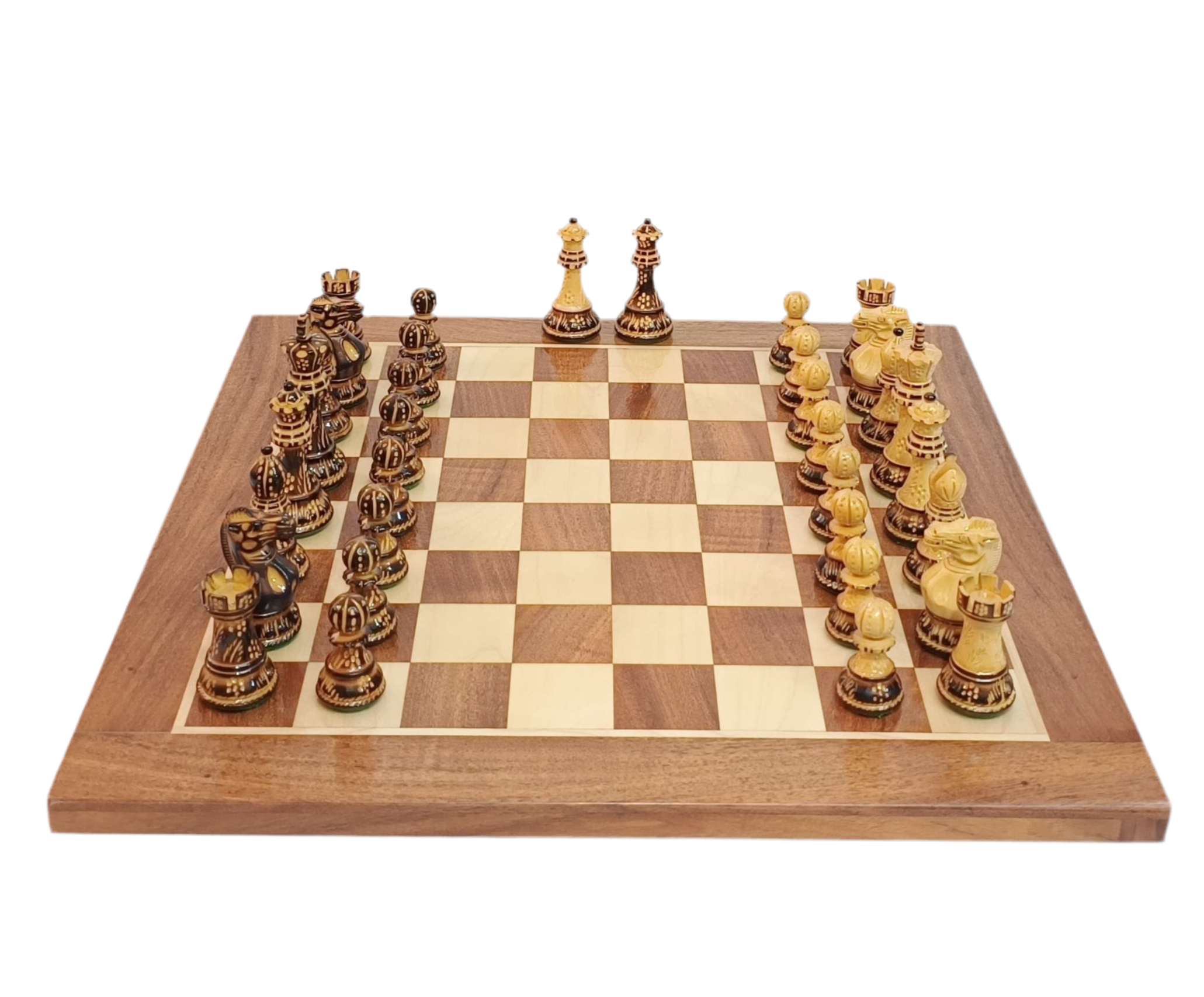
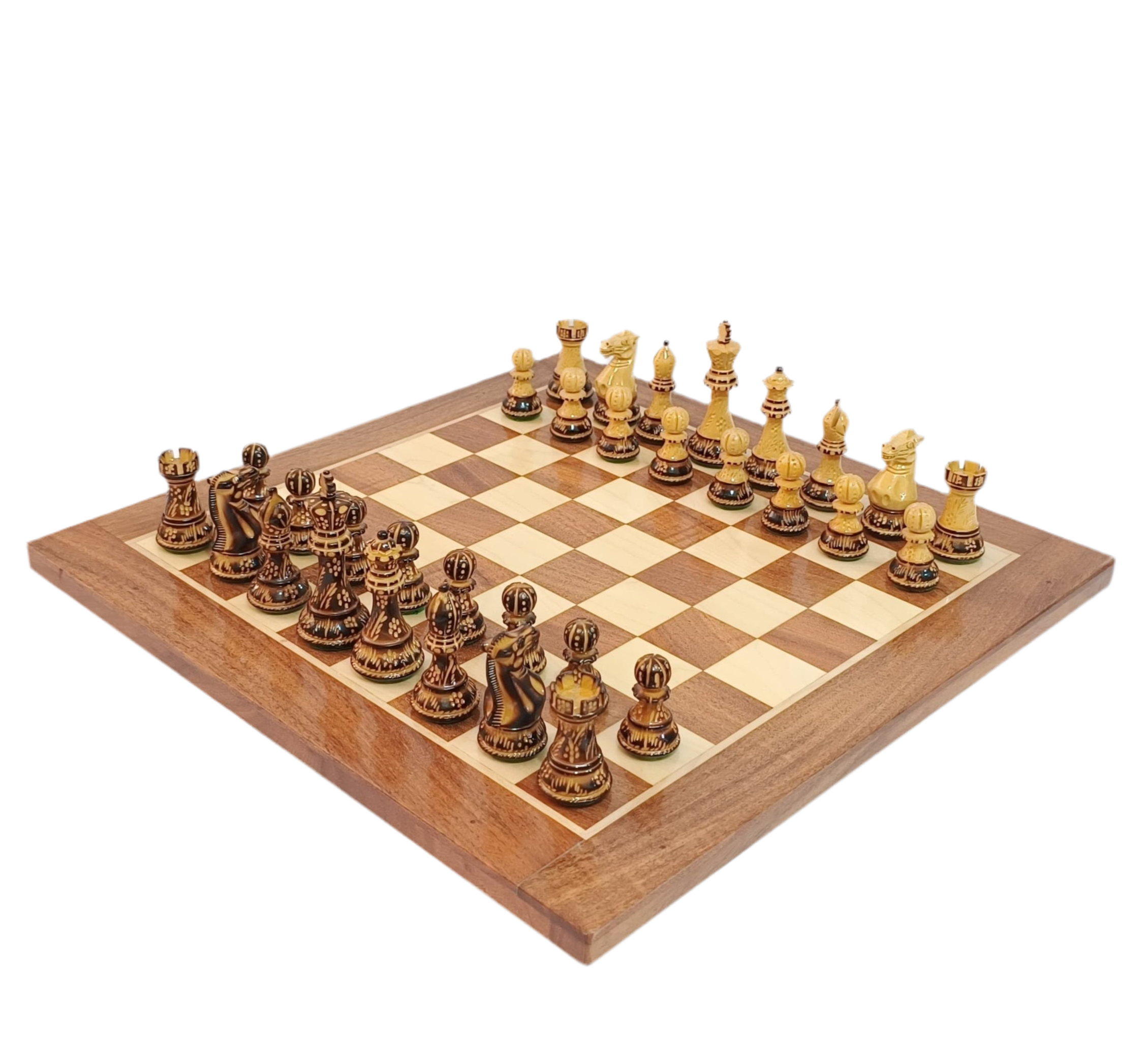

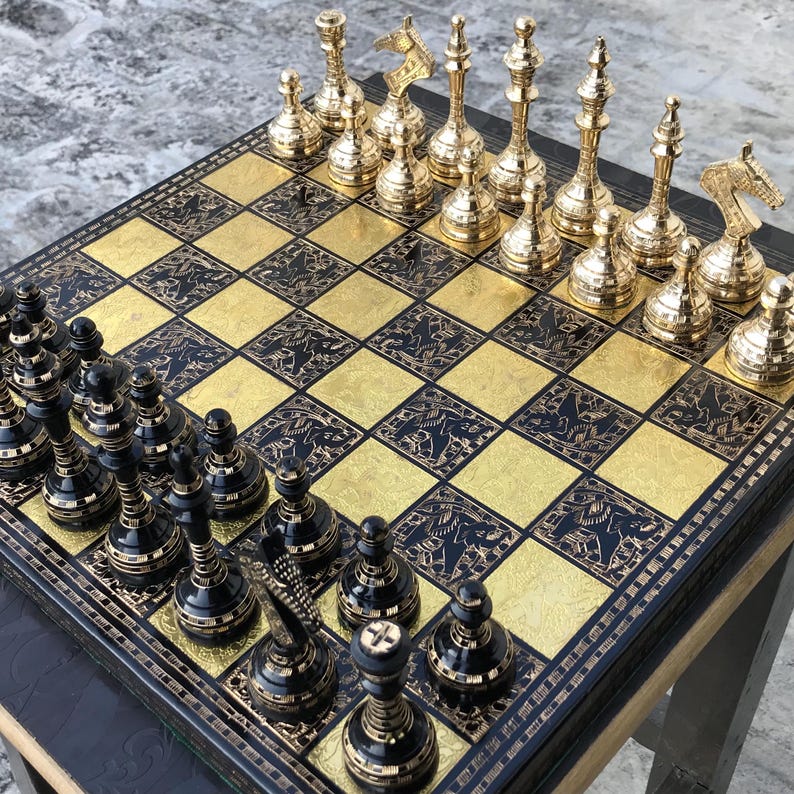



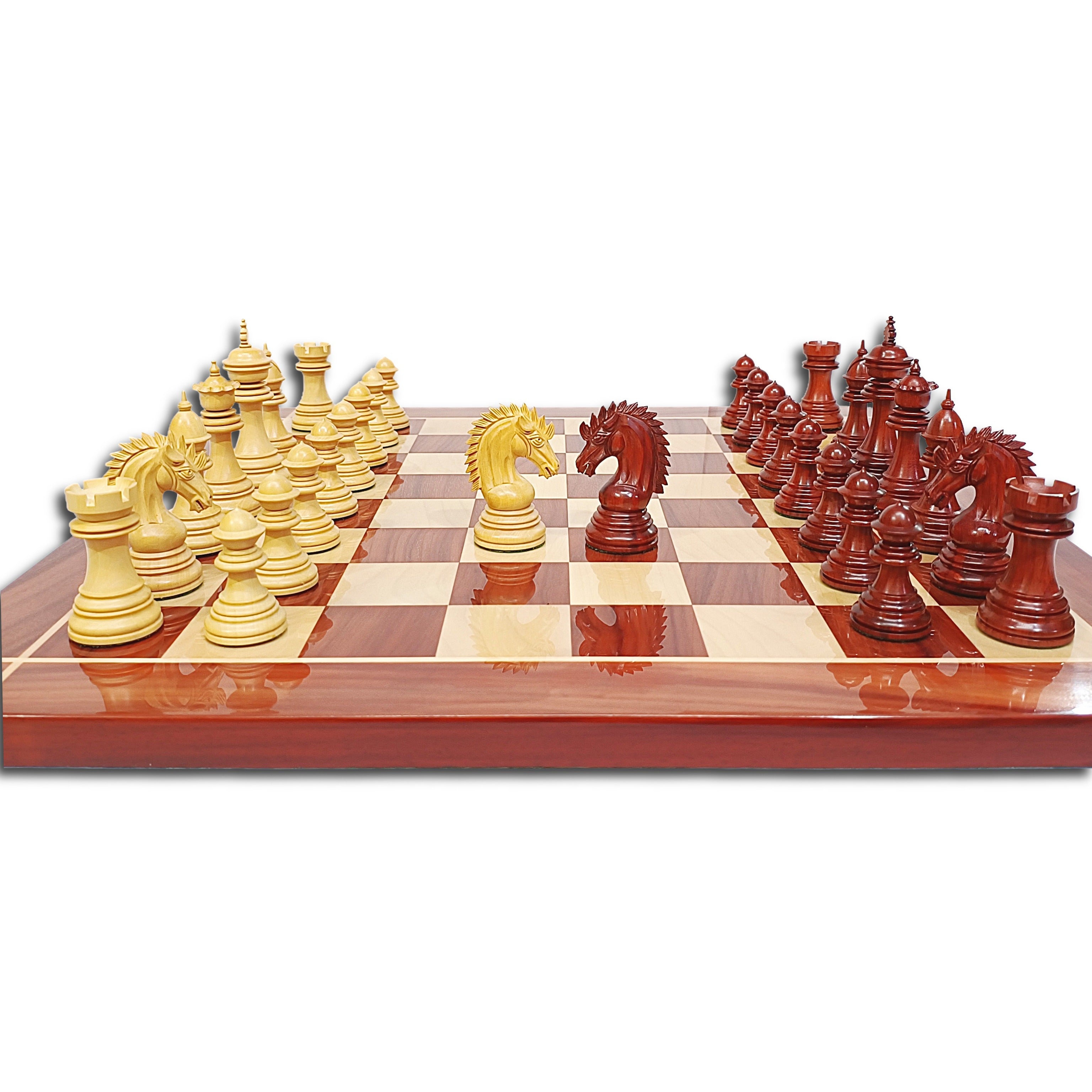





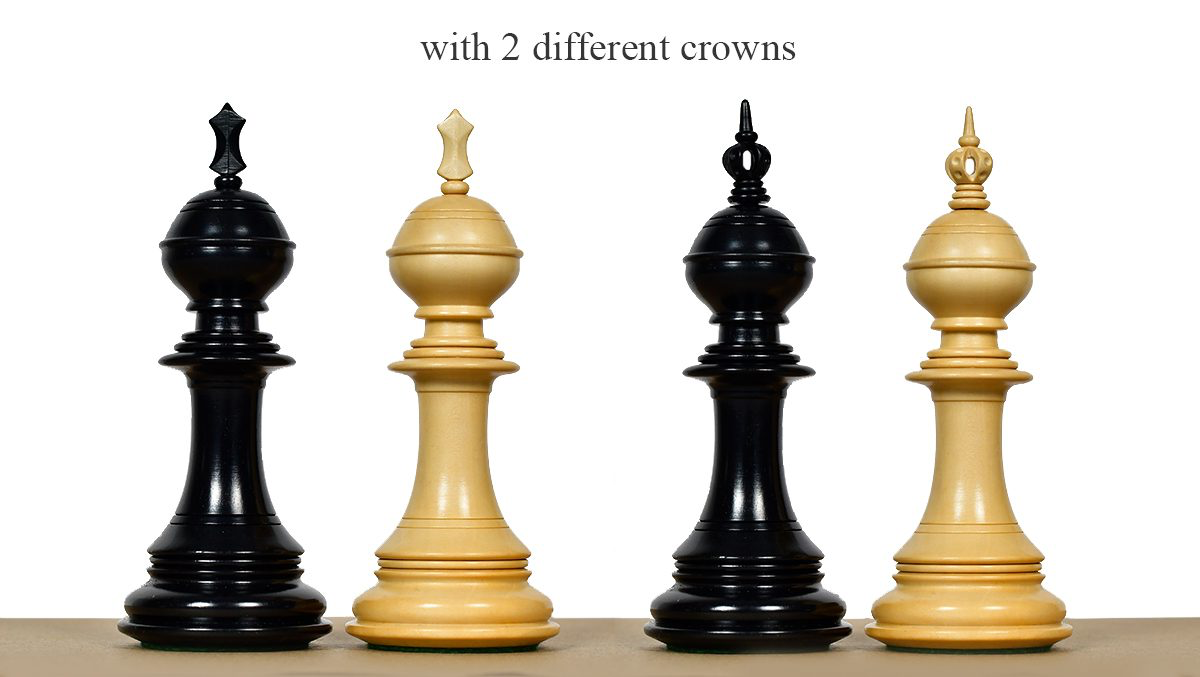

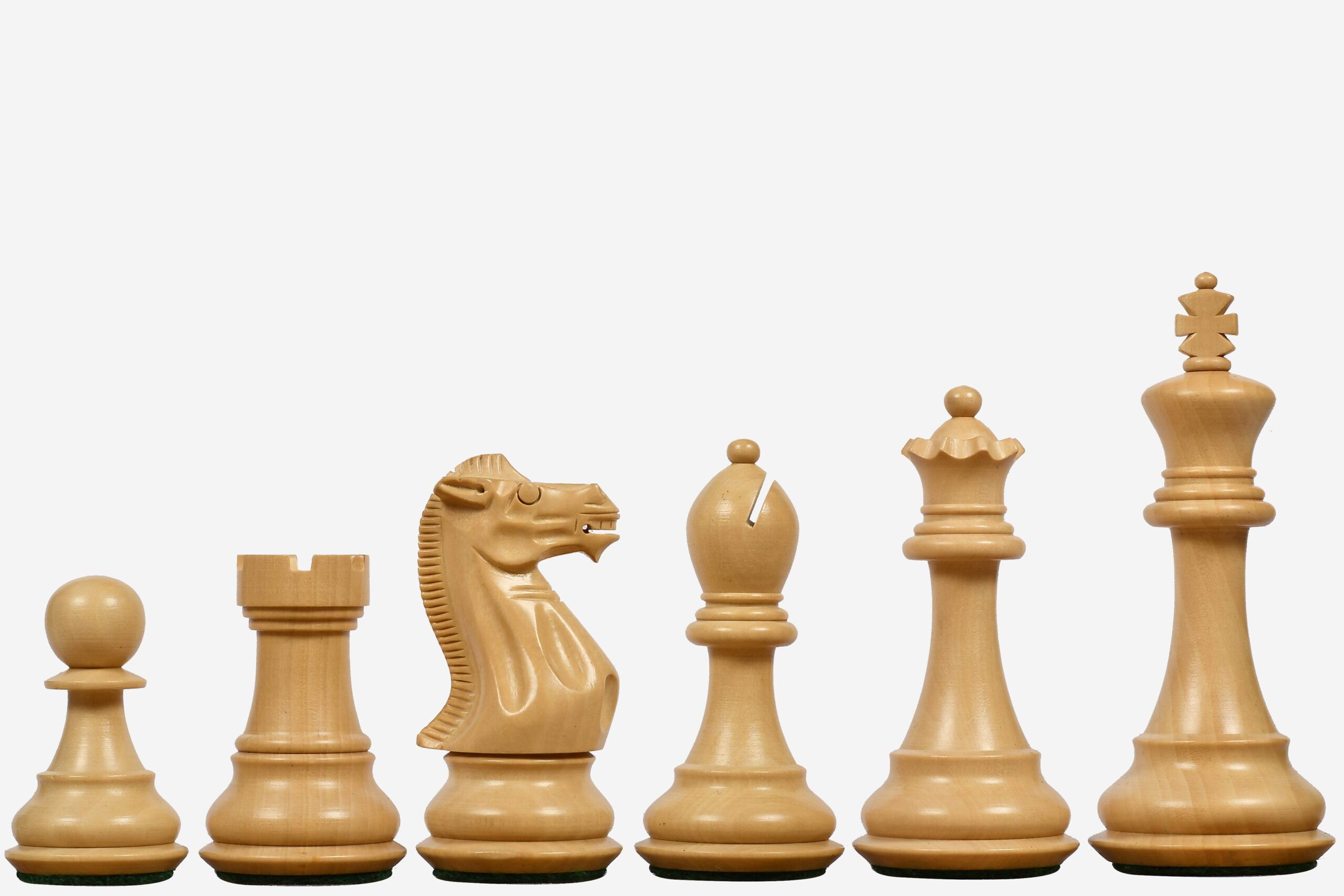

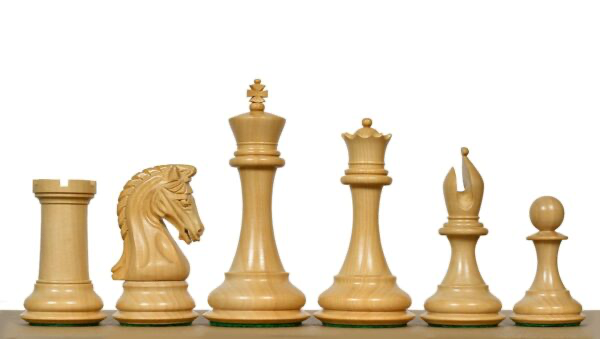
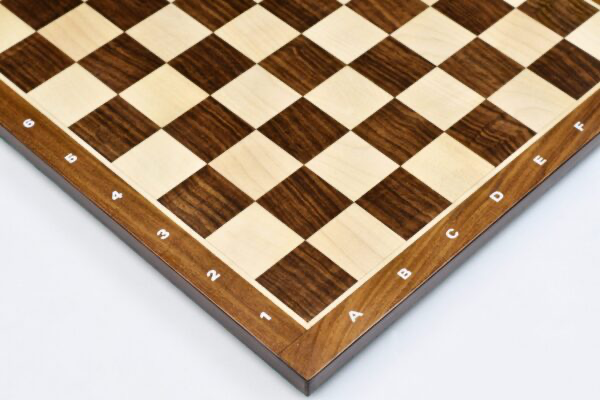
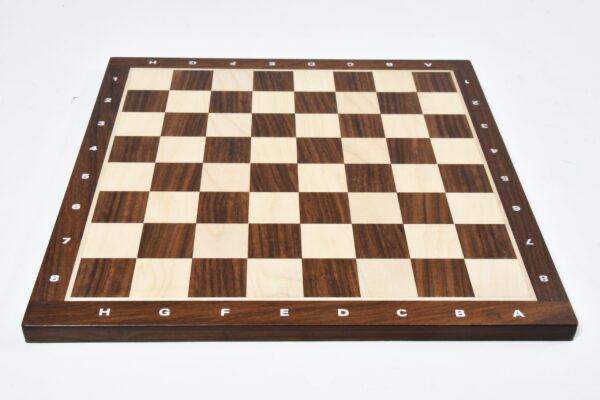
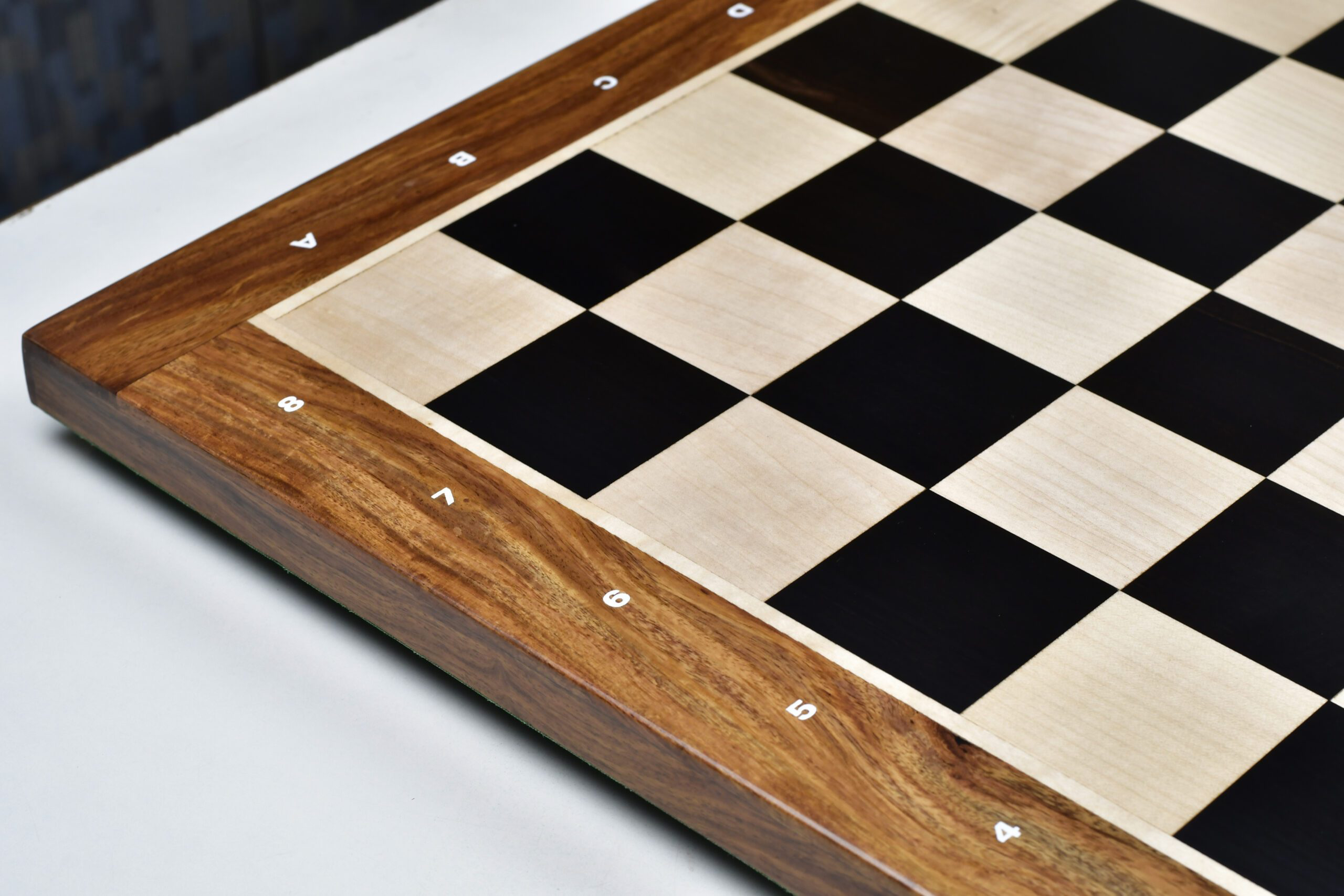
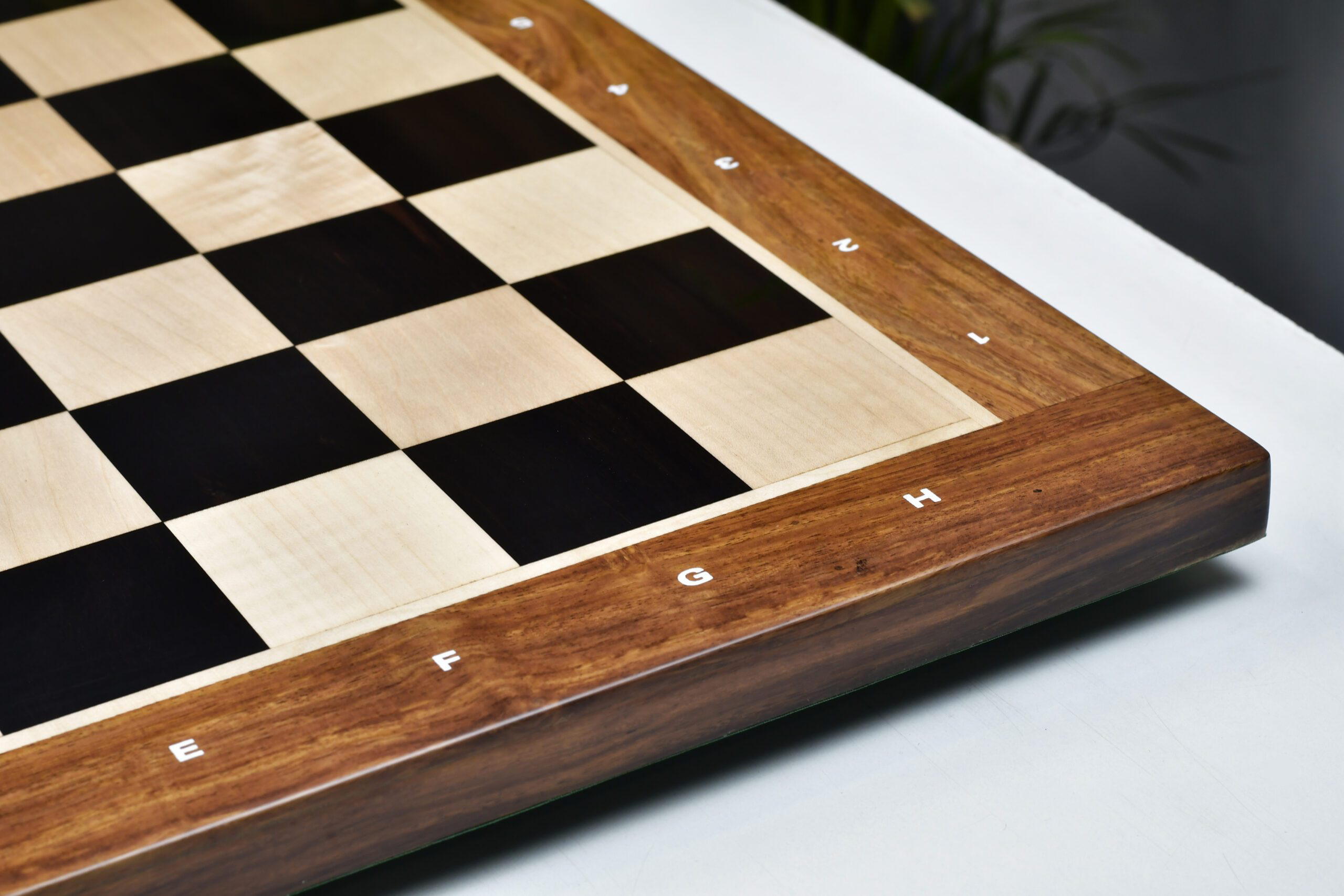


Leave a comment
All comments are moderated before being published.
This site is protected by hCaptcha and the hCaptcha Privacy Policy and Terms of Service apply.